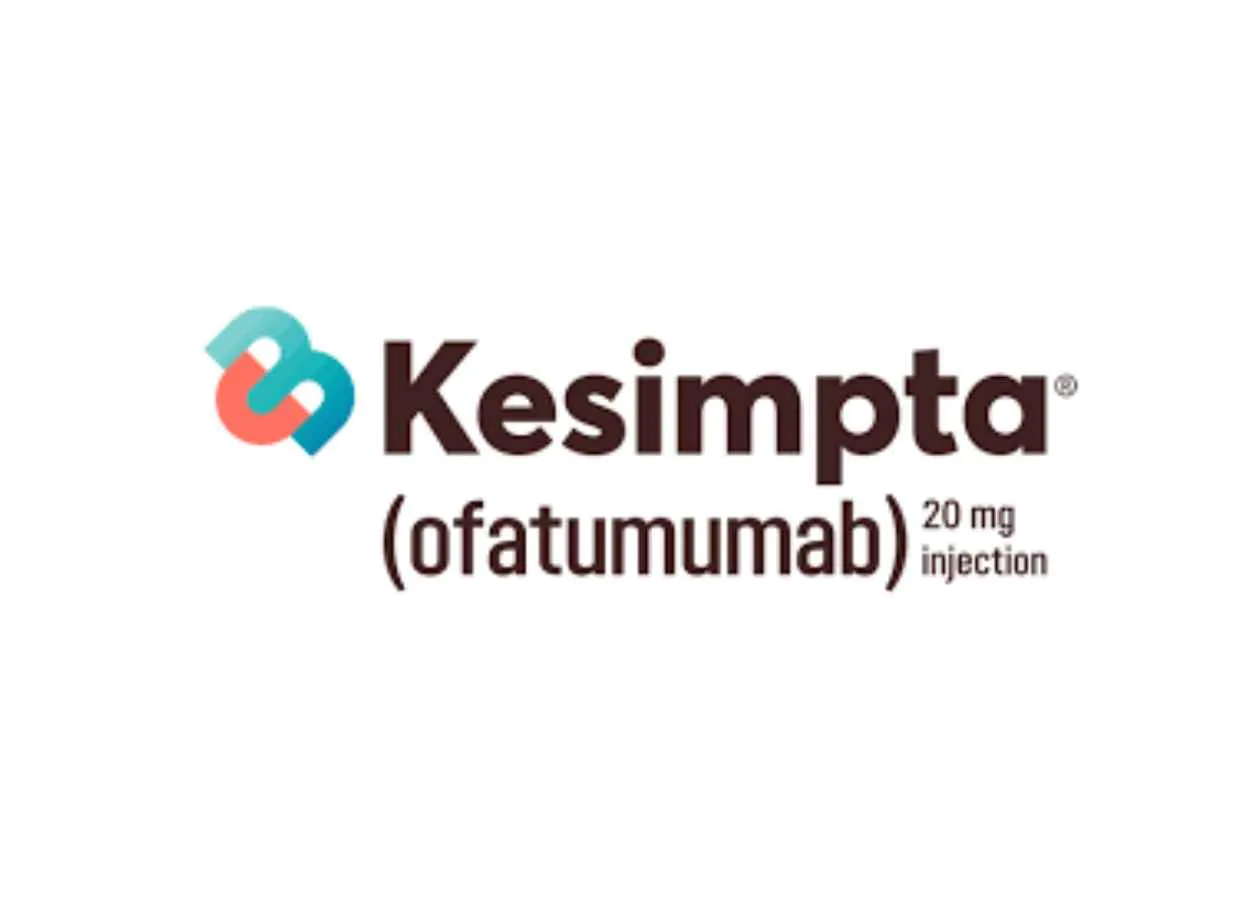Novartis today announced data from the ALITHIOS open-label extension study showing sustained efficacy of first-line, continuous Kesimpta® (ofatumumab) treatment for up to six years in recently diagnosed – defined as starting treatment within three years of initial diagnosis – treatment-naïve people living with relapsing multiple sclerosis (RMS). These efficacy outcomes included 44% fewer relapses; 96.4% and 82.7% reductions in MRI lesions (Gd+ T1 and neT2), respectively; and 24.5% and 21.6% fewer 3- and 6-month confirmed disability worsening (CDW) events, respectively, versus those who switched to Kesimpta from teriflunomide. A separate analysis of the overall ALITHIOS population showed similar efficacy with continuous Kesimpta treatment, which was also well-tolerated with a consistent safety profile up to six years. These data will be presented at the American Academy of Neurology (AAN) 2024 Annual Meeting held in Denver, Colorado and virtually on April 13-18, 2024.
“Our analysis of treatment-naïve people who were recently diagnosed with relapsing multiple sclerosis found that first-line use of Kesimpta for up to six years provided long-term benefits, including fewer relapses, profoundly suppressed MRI lesion activity, and fewer disability worsening events,” said principal investigator Gabriel Pardo, M.D., Founding Director of the Multiple Sclerosis Center of Excellence at Oklahoma Medical Research Foundation. “While measurable improvements were also seen in patients switching to Kesimpta later on, the delay in irreversible disability worsening was not fully realized in the switch group compared to those starting on Kesimpta first, reinforcing the value of introducing the treatment to patients earlier.”
“We are extremely pleased to share the new data from ALITHIOS, which adds to the growing body of evidence of Kesimpta as an efficacious and well-tolerated option for people living with RMS,” said Norman Putzki, M.D., Development Unit Head, Neuroscience & Gene Therapy, Development, Novartis Pharmaceuticals Corporation. “Novartis is committed to addressing the biggest challenges for people living with MS through relentless discovery, development, and delivery of potentially transformative medicines with the goal of achieving complete disease control.”
Study Results
In the first analysis, the low annualized relapse rate (ARR) experienced by recently diagnosed treatment-naïve (RDTN) people living with RMS receiving continuous Kesimpta during the core Phase III trials was further reduced in the ALITHIOS open-label extension study, from 0.104 to 0.050 (52.0% reduction), corresponding to an adjusted ARR of one relapse per 20 years. Rates of 3- and 6-month progression independent of relapse activity (PIRA) with first-line Kesimpta were also lower versus switch. The observed rapid increase in the proportion of participants with no evidence of disease activity (NEDA-3) with continuous first-line Kesimpta treatment was maintained up to six years.
In RDTN people living with RMS initially randomized to teriflunomide, improvements across several efficacy outcomes were seen after switching to Kesimpta, including significant reductions in ARR (71.3%) and in MRI lesion activity (Gd+ T1: 98.5% reduction; neT2: 93% reduction), and rapid increase in rates of NEDA-3.1 However, rates of 3- and 6-month CDW events remained higher compared to patients receiving continuous Kesimpta, indicating that the efficacy benefit of first-line Kesimpta on delaying disability worsening was not fully achieved in the switch group. Across both continuous and switch groups, nine out of 10 participants achieved NEDA-3 at Year 6.
Similar results were seen in the second analysis, which looked at the overall ALITHIOS population. Data showed sustained efficacy of continuous Kesimpta up to six years, including low ARR (49.9% reduction between core Phase III trials and extension phase), suppression of MRI lesion activity (Gd+ T1: 56.7% reduction; neT2: 89.3% reduction), sustained reduction of 6-month CDW events (14.1%, relative to the switch group), lower rates of 6-month PIRA, and sustained high rates of NEDA-3.2 People switching from teriflunomide to Kesimpta experienced reductions in ARR (73.8%) and MRI lesion activity (Gd+ T1: 97.7% reduction; neT2: 91.8% reduction) and a rapid increase in NEDA-3 rates during the extension period. Six-month CDW rates remained higher compared to patients receiving continuous Kesimpta, again highlighting an efficacy benefit of first-line Kesimpta on delaying disability worsening that was not fully achieved in the switch group. At Year 6, NEDA-3 status was achieved in nine out of 10 participants in both the continuous and switch groups.
The study also found that treatment with Kesimpta for up to six years was well-tolerated with no unexpected safety signals identified. The rates of adverse events (AEs), serious AEs, serious infections, and malignancies remained stable with no increased risks over six years.








